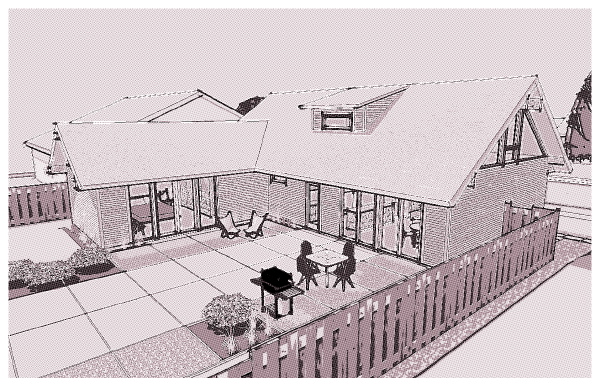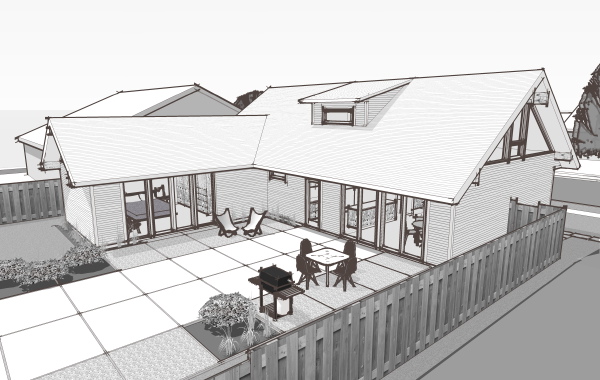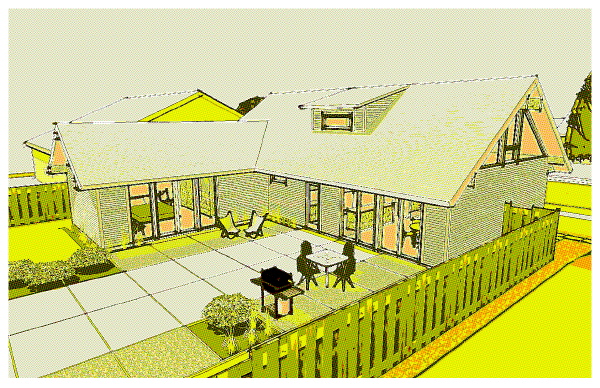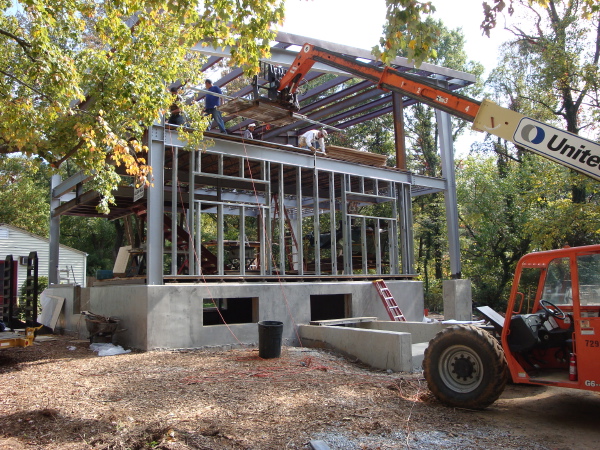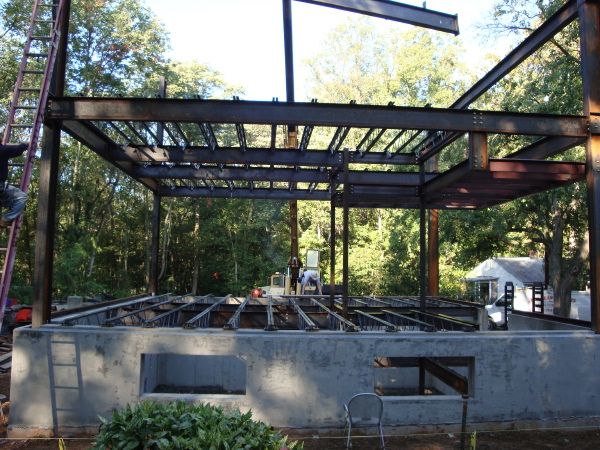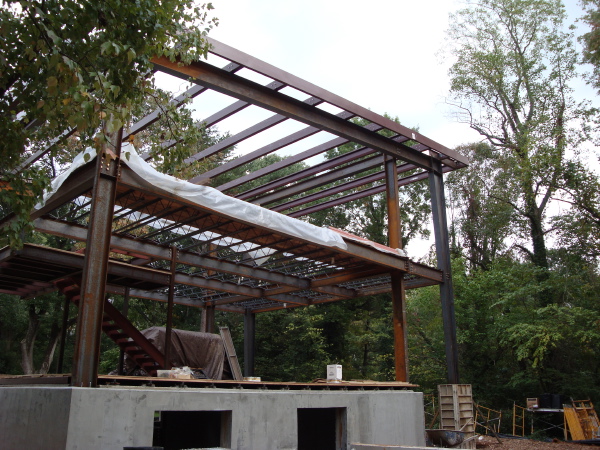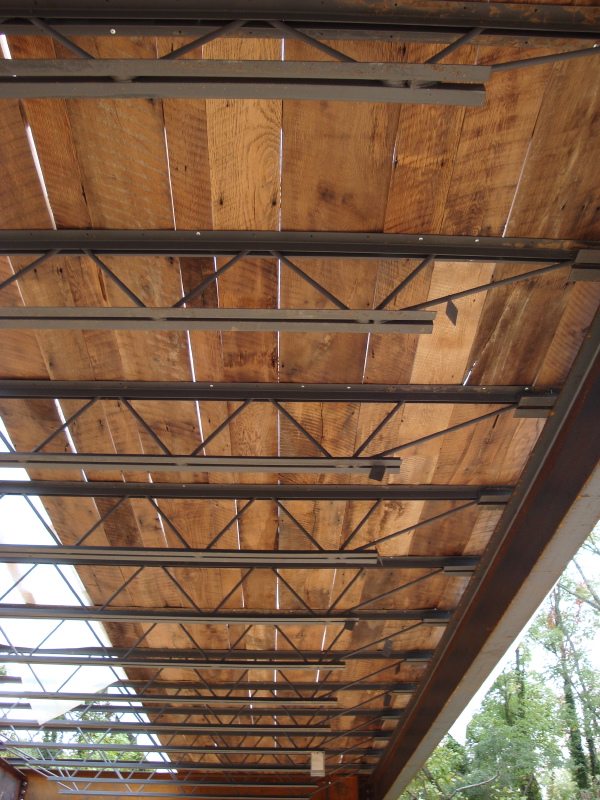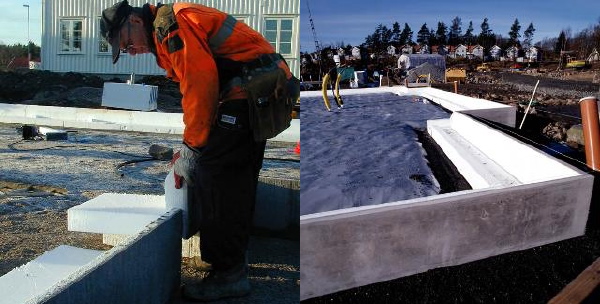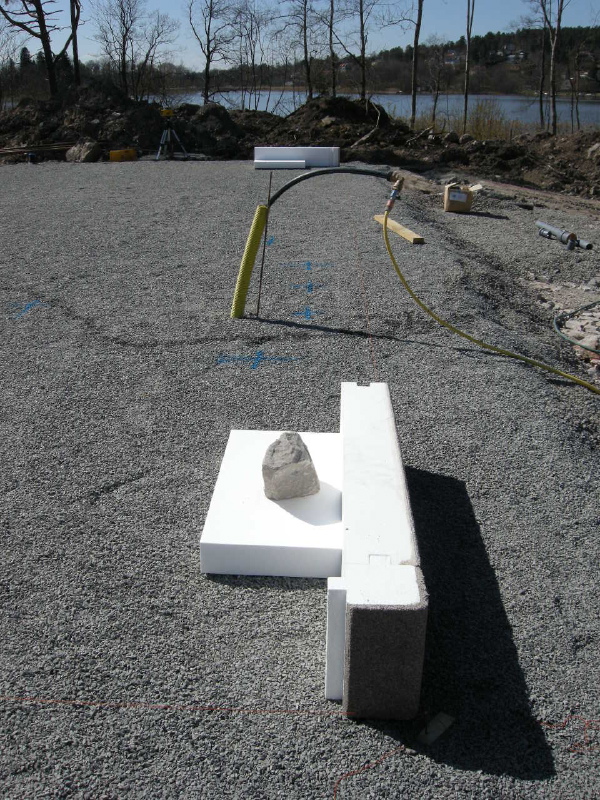
The fellow at the MCArch blog doesn't post often but when he does he writes about choice houses new to the market and, as his blog title implies, from the mid twentieth century. The other he wrote about this terrific house, known as the Daphne residence, in Hillsborough, California. There are a lot more good pictures on his blog, here. And scroll down to see his post called "Who is Jack Viks?" He's also way into Neutra and has good stuff about him and his houses.
In our part of the world a house designed by Victor Christ-Janer, for himself, in New Canaan in 1949, just came on the market. Until I figure out how to get a photo off the realtor's site, here's a link. When Christ-Janer died last May, the Times wrote of him:
 Like the far-better-known Marcel Breuer and Philip Johnson , Mr. Christ-Janer helped transform the town from a haven of traditional Colonial-style homes into an incubator for distinctive Modernist dwellings as well.
Like the far-better-known Marcel Breuer and Philip Johnson , Mr. Christ-Janer helped transform the town from a haven of traditional Colonial-style homes into an incubator for distinctive Modernist dwellings as well.It also says he designed the New Canaan Post Office, which isn't particularly distinguished, and a market, which probably was Walter Stewart's, on Elm Street, near the train station. Its site says:
In 1957, Stewart's moved to our current location on Elm Street. The unique, concrete dome roof and extensive glass frontage were considered avant garde at the time.
Christ-Janer was also a developer who built a rather ugly condo development down the road in Vista, which is in Lewisboro, New York, and when Gina had her design studio on Main Street, New Canaan, 15 years ago, Victor was her landlord.
There's also a house on the market on Wahackme Road, in New Canaan, that was partly-designed by Landis Gores. His widow, Pamela Gores, told me that the house had been a rather undistinguished ranch but that the owners hired Landis to design a pavilion for it, as she called it. Here's the listing. -- ta





